ticl2184
Well-known member
Recently had the chance of testing my 8x32 NL vs my Duovid 8-12x42 on the Stars and misty gloomy conditions on the Isle of Wight..
The results were really odd so I wanted to pass it by you guys ...
I'll get straight to it... Basically in all conditions the Swarovski either matched or beat the Duovid in brightness and resolution.
This doesn't make any sense whatsoever. The 42mm objective should collect 75% more light than the 32mm objective.. Even you take into consideration the 150 metre fov of the NL over the 118 of the Duovid which should bring more light to the eye, I can't understand why 32 mm objective would match or beat a 42mm.
Have attached some images for your comparison..
Would be really interested in anyone's explanation for this anomaly.
By the way I used the same settings on my phone camera to take the photo by useing
manual.
The Red crosses mean Duovid and Blue Swarovski.
PS
I believe Gijs van Ginkle measured the light transmission of the Duovid and would be interested to know what he found to be the overall light transmission.
Cheers
Tim
The results were really odd so I wanted to pass it by you guys ...
I'll get straight to it... Basically in all conditions the Swarovski either matched or beat the Duovid in brightness and resolution.
This doesn't make any sense whatsoever. The 42mm objective should collect 75% more light than the 32mm objective.. Even you take into consideration the 150 metre fov of the NL over the 118 of the Duovid which should bring more light to the eye, I can't understand why 32 mm objective would match or beat a 42mm.
Have attached some images for your comparison..
Would be really interested in anyone's explanation for this anomaly.
By the way I used the same settings on my phone camera to take the photo by useing
manual.
The Red crosses mean Duovid and Blue Swarovski.
PS
I believe Gijs van Ginkle measured the light transmission of the Duovid and would be interested to know what he found to be the overall light transmission.
Cheers
Tim
Attachments
-
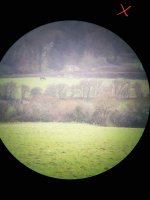 IMG_20231204_171355562.jpg348.4 KB · Views: 84
IMG_20231204_171355562.jpg348.4 KB · Views: 84 -
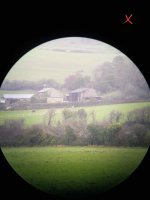 IMG_20231204_171407059.jpg270 KB · Views: 75
IMG_20231204_171407059.jpg270 KB · Views: 75 -
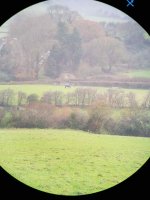 IMG_20231204_171418107.jpg721.7 KB · Views: 72
IMG_20231204_171418107.jpg721.7 KB · Views: 72 -
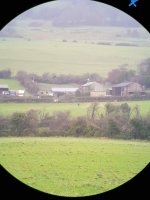 _IMG_000000_000000.jpg565.1 KB · Views: 70
_IMG_000000_000000.jpg565.1 KB · Views: 70 -
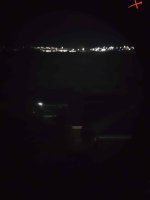 IMG_20231204_171230585.jpg90.3 KB · Views: 68
IMG_20231204_171230585.jpg90.3 KB · Views: 68 -
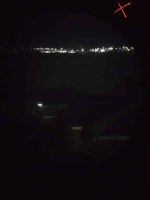 IMG_20231204_171240137.jpg91.6 KB · Views: 61
IMG_20231204_171240137.jpg91.6 KB · Views: 61 -
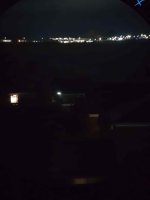 IMG_20231204_171247927.jpg101.7 KB · Views: 60
IMG_20231204_171247927.jpg101.7 KB · Views: 60 -
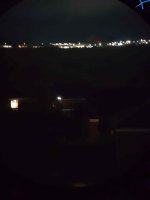 IMG_20231204_171345713.jpg101.4 KB · Views: 76
IMG_20231204_171345713.jpg101.4 KB · Views: 76 -
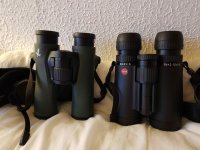 _IMG_000000_000000.jpg340.2 KB · Views: 80
_IMG_000000_000000.jpg340.2 KB · Views: 80
Last edited:





